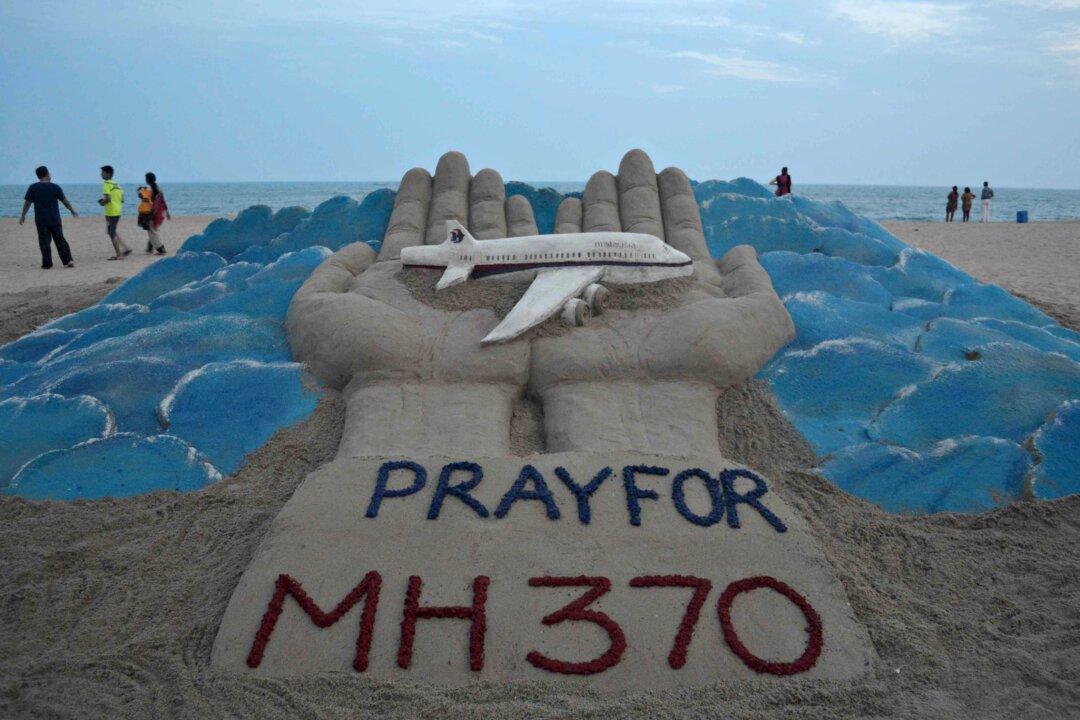One of aviation’s greatest mysteries, the disappearance of Malaysian Airlines flight MH370, could soon be solved, according to a new report.
MH370 departed Kuala Lumpur International Airport, Malaysia, on March 8 2014, just after midnight at 00:41 local time and was scheduled to arrive at Beijing Capital International Airport, China, at 6:30 a.m. local time; however, it never arrived.





